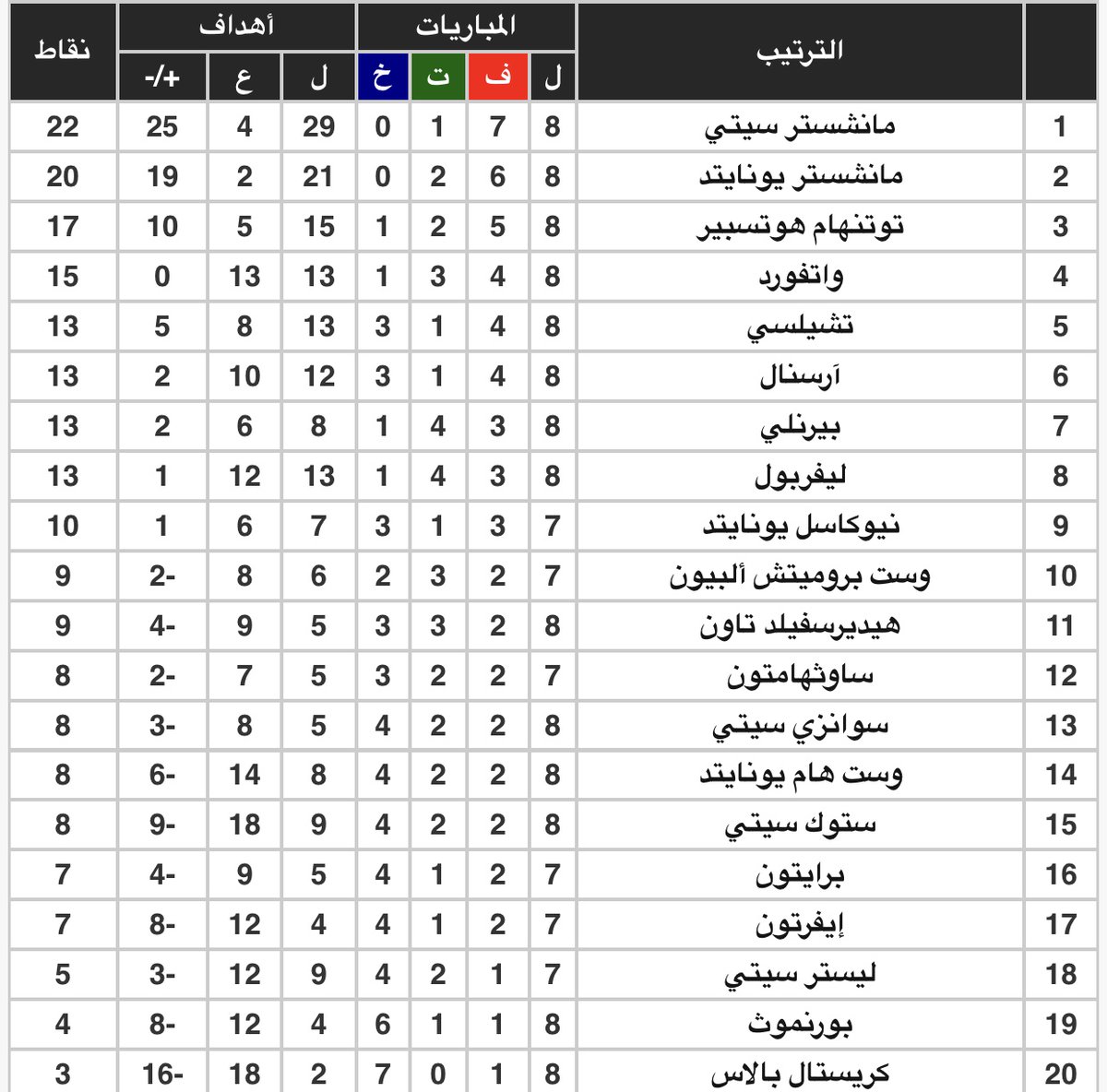Understanding The NRC's Role In Reactor Power Uprates

Table of Contents
The NRC's Regulatory Authority over Reactor Power Uprates
The NRC's authority over reactor power uprates stems from its mandate under the Atomic Energy Act of 1954 and subsequent amendments. This legislation grants the NRC the sole responsibility for regulating commercial nuclear power plants in the United States, ensuring they operate safely and securely. Specifically, the NRC's regulations, codified in Title 10 of the Code of Federal Regulations (10 CFR), provide the legal framework for reviewing and approving power uprate applications. The NRC possesses the ultimate authority to approve or reject any proposed uprate, ensuring that it meets stringent safety standards.
The NRC's authority includes:
- Review of safety analysis reports (SARs): Licensees must submit comprehensive SARs detailing the proposed changes and their potential impact on plant safety.
- Assessment of the impact on plant safety systems: The NRC meticulously evaluates how the uprate affects the performance and reliability of all safety-related systems. This includes scrutinizing the effects on emergency core cooling systems, containment integrity, and other critical components.
- Verification of compliance with existing regulations: The NRC rigorously verifies that the uprated plant continues to comply with all applicable regulations and licensing requirements. This includes adherence to technical specifications, operating limits, and emergency preparedness guidelines.
- Public engagement and comment periods: The NRC facilitates opportunities for public participation, including public meetings and comment periods, ensuring transparency and allowing stakeholders to voice their concerns.
The Safety Review Process for Reactor Power Uprates
The NRC's review process for reactor power uprates is a multi-stage procedure designed to thoroughly assess the safety implications. This rigorous process ensures a comprehensive safety evaluation before any increase in power output is authorized.
The key steps in this process include:
- Application submission by the licensee: The nuclear power plant operator submits a detailed application outlining the proposed uprate, including engineering analyses and safety justifications.
- Initial NRC review and potential requests for additional information: The NRC staff conducts an initial review of the application, identifying any gaps or inconsistencies and requesting further information as needed.
- Detailed safety evaluation by NRC staff: A team of NRC experts conducts an in-depth technical review, assessing the proposed modifications' impact on plant safety and operational parameters. This often involves detailed modeling and simulations.
- Public meetings and hearings: The NRC holds public meetings and hearings to gather input from stakeholders, including local communities and environmental groups.
- Issuance of an NRC license amendment: Upon successful completion of the review process, the NRC issues a license amendment authorizing the power uprate, subject to specific conditions and limitations. This amendment formally allows the increase in power output.
Key Safety Considerations in Reactor Power Uprates
Several critical safety parameters are carefully considered during the NRC's review of reactor power uprates. These parameters directly influence the plant's safe operation at the increased power level.
- Thermal limits and margins: The NRC ensures that the uprated power level remains within safe thermal limits, maintaining sufficient margins to prevent overheating or fuel damage.
- Reactor pressure vessel integrity: The integrity of the reactor pressure vessel is paramount, and the NRC verifies its ability to withstand increased pressure and temperature resulting from higher power output.
- Emergency core cooling system performance: The NRC assesses the capacity of the emergency core cooling system (ECCS) to effectively cool the reactor core in the event of an accident, even at the increased power level.
- Instrumentation and control systems: The NRC reviews the performance and reliability of instrumentation and control systems to ensure accurate monitoring and safe control of the reactor at the higher power level.
- Spent fuel storage capacity: The NRC verifies that the spent fuel storage capacity is adequate to handle the increased amount of spent fuel generated by higher power operation.
Addressing Potential Risks and Mitigation Strategies
The NRC employs a proactive approach to risk assessment and mitigation. This involves identifying potential hazards, analyzing their risks, and implementing measures to reduce those risks to acceptable levels. The involvement of independent experts and peer reviews further enhances the rigor of the process.
- Hazard identification and risk analysis: The NRC utilizes sophisticated probabilistic risk assessment (PRA) techniques to systematically identify and quantify potential hazards associated with the uprate.
- Implementation of safety enhancements and modifications: The NRC may require the licensee to implement safety enhancements and modifications to mitigate identified risks.
- Development of emergency plans and procedures: Updated emergency plans and procedures are developed and reviewed to ensure effective response to potential accidents.
- Ongoing monitoring and inspection: Even after the license amendment is issued, the NRC maintains ongoing monitoring and inspection of the plant to verify continued compliance and safety.
Conclusion
The NRC plays a vital role in ensuring the safety and security of reactor power uprates. Their rigorous review process, encompassing detailed safety evaluations, public input, and risk mitigation strategies, safeguards public health and the environment. Understanding the intricacies of the NRC's involvement is crucial for stakeholders, including the nuclear industry, regulators, and the public. To learn more about the specific regulations and procedures surrounding NRC reactor power uprates, visit the official NRC website. Continued engagement and understanding of the NRC reactor power uprates process are essential for the responsible development of nuclear energy.

Featured Posts
-
 Tributes Pour In After Death Of Priscilla Pointer Aged 100
May 01, 2025
Tributes Pour In After Death Of Priscilla Pointer Aged 100
May 01, 2025 -
 Remember Monday How The Uk Eurovision Entry Tackles Online Bullying
May 01, 2025
Remember Monday How The Uk Eurovision Entry Tackles Online Bullying
May 01, 2025 -
 Akhr Thdyth Trtyb Hdafy Aldwry Alinjlyzy Bed Hdf Haland
May 01, 2025
Akhr Thdyth Trtyb Hdafy Aldwry Alinjlyzy Bed Hdf Haland
May 01, 2025 -
 Ripple Vs Sec The Impact Of The Reduced 50 M Settlement On Xrp
May 01, 2025
Ripple Vs Sec The Impact Of The Reduced 50 M Settlement On Xrp
May 01, 2025 -
 Significant Arrests Made In Multi Million Dollar Nfl Heists Chilean Migrants Involved
May 01, 2025
Significant Arrests Made In Multi Million Dollar Nfl Heists Chilean Migrants Involved
May 01, 2025
